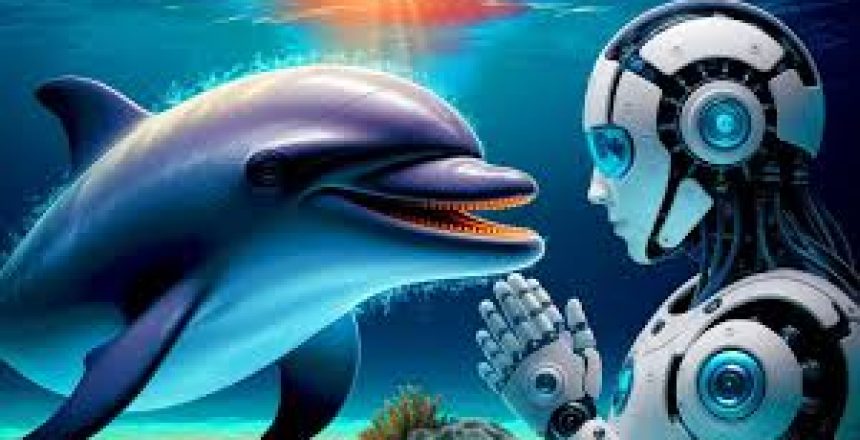Rosie’s journey
The Bitesize Guide to AI team spoke to Rosie to find out more about her journey to using AI tools in conservation.
How has AI impacted your job?
The programs that I use for my work were possible to develop because of AI. This has allowed us to expand our knowledge of where different dolphin species occur and how they communicate, which can help us to develop better polices to protect them and the environments they rely on.
However, while AI can help conservation efforts, we need to be careful about interpreting the output of AI and make sure that we ground them in what we know of the natural world.
What have you always wanted to do in conservation that you couldn’t do before AI?
The ability to create catalogues of all the sounds a species of dolphin produces and then to compare those catalogues between populations and species is much more efficient and reproducible using AI. Additionally, AI is making it possible to detect much more subtle differences between species and populations and that helps us do a better job of identifying the sounds we detect in acoustic recordings.
Where do you see the AI going in the future?
Hopefully, with the use of AI and collaborating with other researchers, we can make our species classifiers (programs which can identify which dolphin species is whistling and therefore present in an area) more accurate, run more quickly and become more user-friendly, and therefore enable better conservation of these amazing animals.
What was your route into conservation research?
I grew up spending a lot of time in nature, rock-pooling and watching whales, as well as loving science in school. So, the only career path that made sense was to study marine biology. My undergraduate degree at the University of St Andrews lead me to working with Dr Julie Oswald and Prof Vincent Janik on their dolphin communication research which has resulted in my PhD researching ‘common dolphins’.
I was drawn into conservation through my interest in animals and the natural world, and, as a result, learning how humans have put them at risk. Conservation is a field where we both learn more about the species we study as well as developing better ways to protect them in this ever-changing world; and the combination of those aspects makes it a rewarding area to work in.


